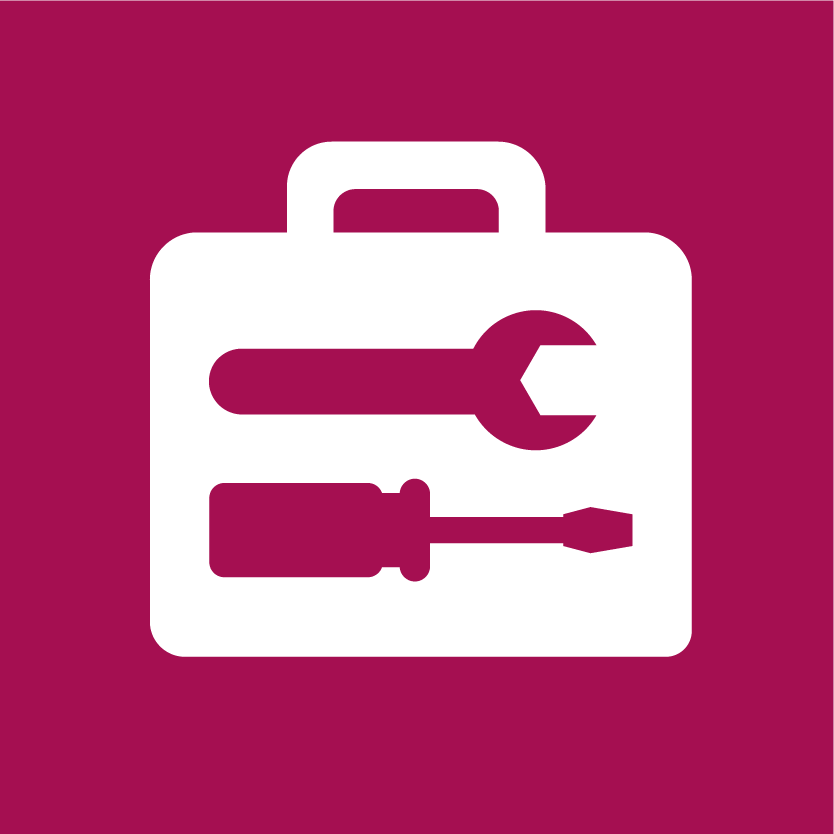Overview
Built for Zero is a methodology, a movement, and proof of what is possible. The movement is made up of more than 100 cities and counties that have committed to measurably ending homelessness, one population at a time. Using data, these communities have changed how local homeless response systems work and the impact they can achieve.
Fourteen of those communities have ended homelessness for a population by reaching a standard called functional zero. More than half of those cities and counties have achieved reductions in the number of people experiencing chronic and veteran homelessness.
Together, they are proving that moral courage, data-driven thinking, and a system-wide approach can build a future where homelessness is rare overall and brief when it occurs.
Getting to zero takes moral courage, data-driven thinking, and a system-wide approach.
Great housing programs alone aren’t enough to end homelessness — that’s old-school thinking! Getting to zero takes a whole system built to drive reductions.
THE PROBLEM

No single actor is fully accountable for ending homelessness in a community. Each local agency or program holds its own small piece of the solution, but no one has their eye on how the pieces fit together.
THE BUILT FOR ZERO SOLUTION

An integrated, command center team. Key agencies, like the Continuum of Care, the housing authority, local government, and the VA, work together every week toward a shared definition of zero.
THE PROBLEM

Funders evaluate success on the performance of individual housing programs, not on whether a community collectively reduces homelessness. But single programs don’t get us to zero— whole communities do.
THE BUILT FOR ZERO SOLUTION

Community-level measurement. Built for Zero communities measure success by the total number of people experiencing homelessness, not by program outcomes. The best program is one that gets you closer to zero.
THE PROBLEM

A once-a-year count of a problem that changes nightly. Annual street counts are a snapshot; your community needs a video. Getting to zero takes line of sight into how people move through your system over time.
THE BUILT FOR ZERO SOLUTION

Comprehensive, real-time, by-name data. Built for Zero communities know everyone experiencing homelessness by name, in real time. The result is more tailored solutions for individuals and a clearer picture of the system as a whole.
THE PROBLEM

Housing supply paralysis. Expanded housing resources are crucial, but many cities have dramatically expanded housing supply without making a dent in homelessness. The reason? They never fixed the housing system.
THE BUILT FOR ZERO SOLUTION

Strategic, data-driven housing investments. Built for Zero communities use real-time data to secure the housing resources they need and target them for the greatest possible reductions in homelessness.
Homelessness is a racial justice issue.
Research shows that Black and Native Americans experience homelessness at disproportionately high rates, even when disparities in poverty level are controlled. Like any system, a homeless response system that is not explicitly designed to identify and respond to racial inequity will potentially sustain and even deepen it.
With input from external partners, community leaders, and people with lived experience of homelessness, Built for Zero developed a framework to empower communities working to end homelessness to ensure their systems aren’t leaving anyone behind. The framework seeks to equip communities with indicators, and accompanying measures, to signal progress toward four critical areas of a racially equitable homeless response system.
The Process
The Built for Zero process leads communities through five phases:

“Before working with Built for Zero, I wouldn’t have been able to measure whether a change was working or not. Now I constantly find myself asking, ‘How will we know if this worked?’ Before we just weren’t framing system change this way, and weren’t asking this question.”
Erin Mangano, VA Coordinated Entry Specialist, Cook County, IL
Our Partners
Our strategic partners bring their knowledge, relationships, and leverage to bear in support of the work of our communities. They are a critical piece of the puzzle, and we are deeply grateful for their contributions to support and sustain our work. Learn more about our partners.








